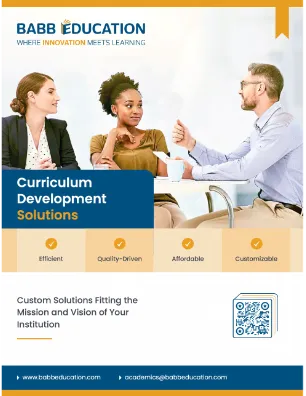Numerous articles have been written, using various forms of surveys and statistics, about the number of students who drop from college programs.
Numerous articles have been written, using various forms of surveys and statistics, about the number of students who drop from college programs. Numbers range from 40% (Klussman et al., 2021) to anywhere from 7 to 45%, depending on the study reviewed. Students drop out for a variety of reasons; some within our control and others far outside of it. We know students who have been dealt major personal blows from severe illness or worse, disabilities, family issues, financial trouble, and more. While these are not something we can often do much to assist with, there are other reasons students leave programs. Among them include lack of interest, feeling as though the course(s) are not adding value (and quickly) to their life or career, not feeling engagement with their instructor or classmates, or finding that the modality does not work for them - whether online or on ground. Some simply decide that college is not for them, and they wish to pursue a trade or entirely different discipline - or - a different college altogether.
Of these, the most difficult to handle for those of who value the advantages a formal education can bring to the lives of others occurs when students are unclear about the ways in which their course(s) will add value, not feeling part of the college community, not feeling as though they will learn what they need to be successful, struggling to communicate with their professor or difficult navigating the course room.
We offer some instructional design strategies to help with student drop-out rates. While our outcomes are anecdotal, we have seen a decrease in the number of students who leave college when they feel engaged, their work has purpose and meaning, and they feel part of the larger institution.
To help mitigate some risks of students dropping out, we suggest clear learning goals and communicating them early and frequently to students. Reminding students of learning objectives to be met with each assignment and each week or module and what is expected of them can help them stay motivated and encouraged. This takes the guesswork out of "what is due and when", and can help alleviate some of the stress that comes with going (or back to) school.
We also prefer to use active learning strategies. We like real world activities, simulations, the ability to conduct action research where appropriate, gamified classwork where it is logical, cases that have real world applicability, and group projects that help students stay connected to their peers.
Another strategy is to build in ways for the instructor to engage with students. Without discussion forums this can be difficult; yet we see more courses today relying on automated publisher materials or rubrics without the ability to add qualitative feedback. We need to build in contact points in a student-to-student manner and professor-to-student manner to encourage this communication and foster a sense of community.
We use a variety of instructional materials. Interactive readings, videos, multimedia and even a flipped classroom can help students stay engaged with course content.
Formative assessments, such as quizzes and self-assessments, that directly tie to the real world, can provide students with instant feedback about what they have learned and how it applies. These can be challenging to write because they need to appeal to a wide variety of learner career tracks, but it can be done with a careful understanding of student demographics and enough creativity to allow many opportunities to learn. Formative assessments are traditionally thought of as peer reviews and exams, but we can go beyond this to include ways in which the work will directly relate to what students do (or intend to do) after graduation.
Personalization cannot be understated. Personalized learning strategies include adaptive learning and very personalized feedback will allow instructors to meet students where they are at - to understand where they are today and to help guide them along to meeting course objectives within the context of their own goals. This will require some time and opportunity built into the courseroom for students to get to know the instructor and viceversa. It is often helpful for students and their professor to know their individual and unique learning styles and to offer "something for everyone", including video creation, asking students to ask the questions, flexible deadlines where appropriate, online discussion and even self-paced learning modalities.
We can also include real world relevance and practical examples that will allow students to immediately and quickly tie what they are to where we need them to be according to course objectives, and in the process help prevent dropout!
References
Klussman, Kristine. (2021). Goal congruence and positivity toward college major: the role of self connection. Career development quarterly
Would you like our help? Reach out to us today. Contact Us


